The 1970s was a golden period for the affordable sports coupé. From the TR7 to XJ-S, 240Z to X1/9, drivers were spoilt for choice with cool cars at all budgets. And, much to Porsche’s annoyance, there was also the Volkswagen Scirocco.
By the time the 924 had been revealed, in 1976 (a year before it went on sale in the UK), there had been no end of behind-the-scenes machinations. Up to the point of the 1973 fuel crisis, Porsche had been in joint development with Volkswagen on the 924 project, but following changes in VW’s executive lineup, VW performed a u-turn, striking a flagship sports car from its planned range and sticking with its more affordable Scirocco which was primed and ready to go. After untangling the business relationship, Porsche ended up with an entry-level 2+2 coupé that helped swell its coffers throughout the second half of the 1970s and into the 1980s.

The gestation of the 924 inevitably resulted in the use of many parts from the Volkswagen Group parts bin. No shame in that as it brought an Audi-developed 2-litre engine, which was not a van engine as pub bores will have you believe but was shared in different tune with the VW LT van. There was also a rear transaxle from the Audi 100, and even a mix and match of Beetle and Golf parts for some of the front suspension. However, the whole added up to much more than the sum of its parts; the 924 provided superb handling, comfort, practicality, and a degree of exclusivity a Ford Capri or Opel Manta couldn’t match.
The 2-litre engine came with a modest 125bhp at the 924’s introduction in 1976, with right-hand drive deliveries starting the following year. A four-speed manual gearbox was standard, with the option of a three-speed automatic. For 1978, Porsche added the choice of a five-speed manual transmission, with first gear on a ‘dog leg’ to the left and back. There were also improvements to the ride and refinement at this point, plus the body was now fully galvanised for better rust resistance. In the UK, the Lux trim became an option with alloy wheels, tinted windows, headlight washers, and rear wiper.
Always aware of comments that its 924 could do with more power, Porsche introduced the bang-on-trend 924 Turbo in 1979. Its forced induction 2.0-litre engine offered 168bhp and a dose of turbo lag to keep its drivers on their mettle mid-corner. A year later, a five-speed manual gearbox was made standard on all 924s, but this ’box had a traditional H-pattern with fifth gear to the right and up. 1980 also saw Porsche offer its homologation-special Carrera GT version of the 924 Turbo. It boasted a 207bhp engine and reduced kerb weight thanks to plastic front wings and rear wheelarches extensions to cover the wider wheels. A total of 400 924 Carrera GTs were built, with 75 earmarked for UK buyers.
An improved Turbo arrived in 1981 with a 175bhp engine and Porsche’s Digital Motor Electronics that gave better cold starting. This car also had improved oil circulation for the turbocharger. A 242bhp GTS model was the pinnacle of the 2.0-litre 924s, but a mere 59 were built and all were left-hand drive.
The next big change was the launched of the 924S in 1985, which came with a 148bhp 2.5-litre engine. This was a detuned version of the all-Porsche motor used in the 944, and its power was increased to 158bhp in 1987 shortly before the 924 bowed out in 1988. By then, Porsche had turned out more than 152,000 924s, making it a profitable sales hit. That popularity means you have plenty to pick from, and prices remain affordable.
What’s a Porsche 924 like to drive?
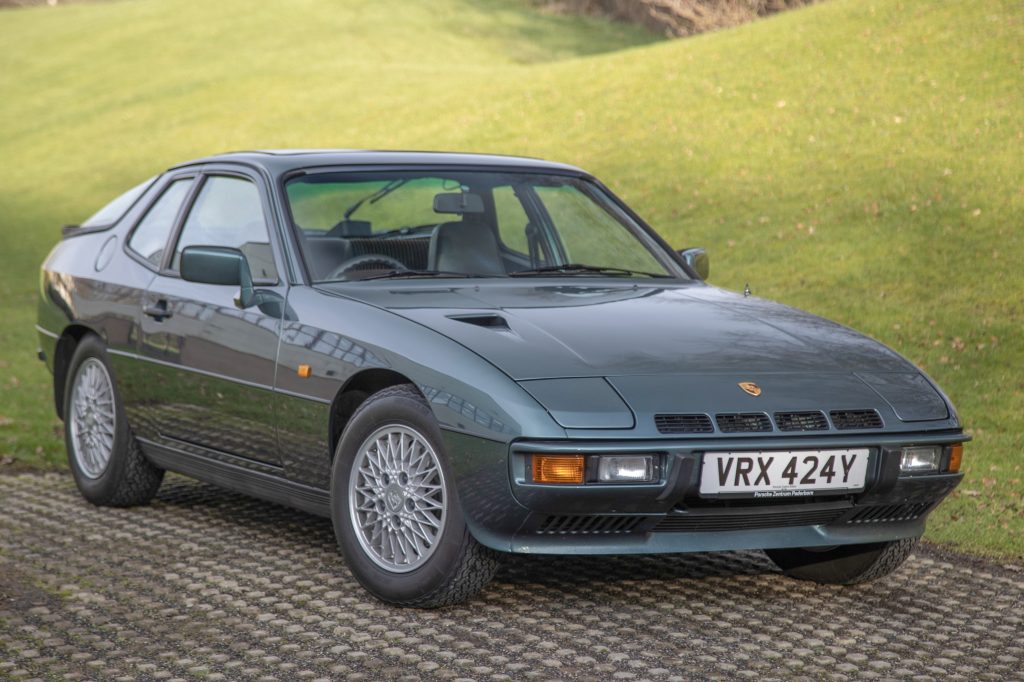
A lot like the Porsche Boxster when it first arrived, it wasn’t long before the press and owners realised that here was an accomplished car that would benefit from more power. It wasn’t that Porsche had short-changed its owners with the 125bhp 2-litre engine, more that the chassis was so well set up that it could easily cope with more oomph. This is largely due to the front engine, rear transaxle set-up delivering a 48/52 front-rear weight distribution. Add in suspension that’s not overly firm, strong brakes, and accurate but not too direct steering and the 924 is a car you can hustle with complete confidence.
Straight line speed is not a forte of the 924, even with the later S mode. The Turbos generate more forward propulsion, but you also need to be wary of the accompanying lag when accelerating out of bends. It’s nothing like as eye-opening as an early 911 Turbo, but still requires caution.
Stepping out of the 2.0-litre 924 and into an S offers a useful improvement in low- and mid-rev acceleration, but not so much at the top end. The later five-speed manual gearbox, as used in the S, is light and quick to work, helped by a clutch that won’t strain your left leg. It’s a 924 trait that all of its controls are very much in balance, along with the ride comfort. This is a classic car you could easily use every day over long distances, helped along by decent fuel economy of around 30mpg and reasonable maintenance costs.
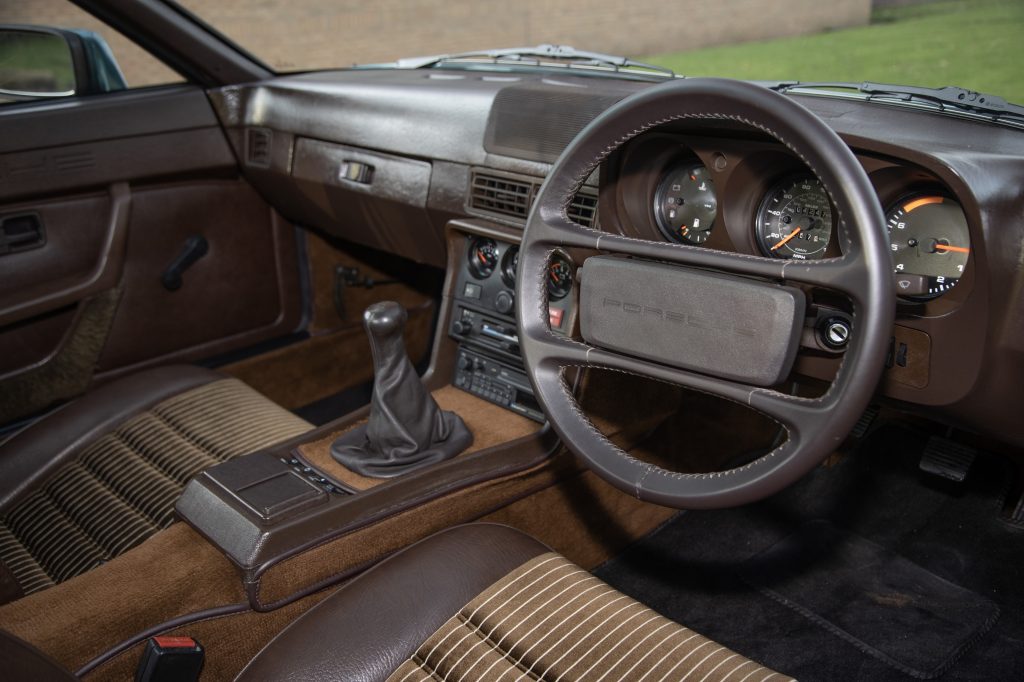
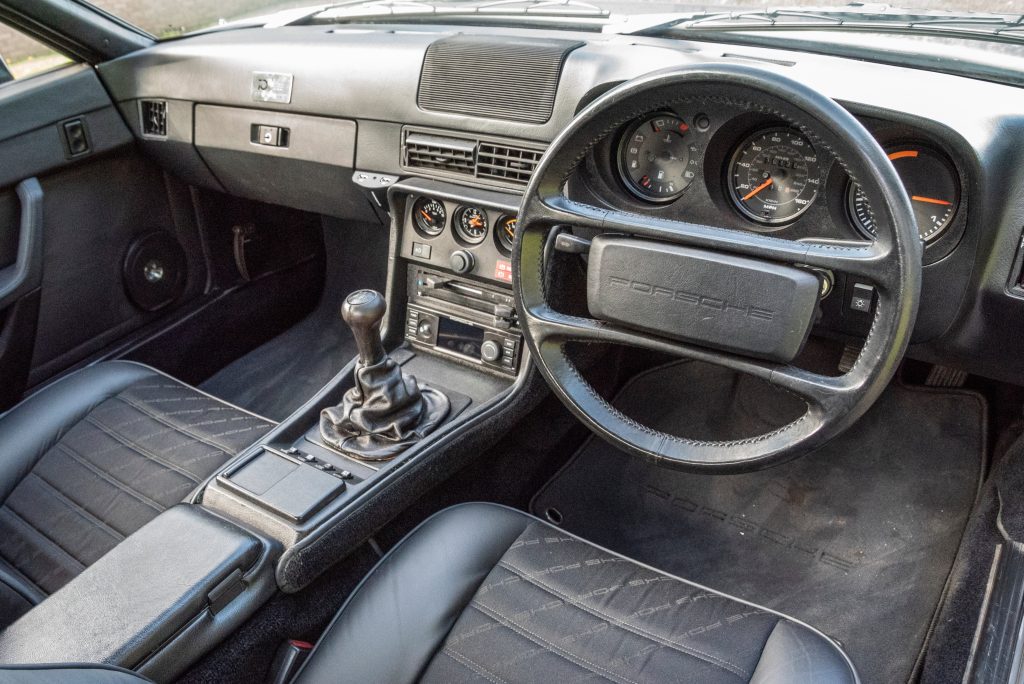
Earlier 924s have a simpler cabin design and many have the much-admired Pascha check fabric upholstery. It’s evocative of the period, while many later S models have leather seats that are hard wearing and often have electric adjustment. The S also has a different steering wheel with four spokes in place of the earlier three-spoke item. Both have a pleasantly slim feel in the hands, and the 924 is very easy to drive around town thanks to a good turning circle. The driver’s vision is equally fine in all directions due to the large glass area and slim pillars. The rear seats are scalloped out to fit in a couple of kids, but they’re better regarded as extra storage in addition to the wide but shallow boot that sits under the large rear glass tailgate.
Porsche 924 values
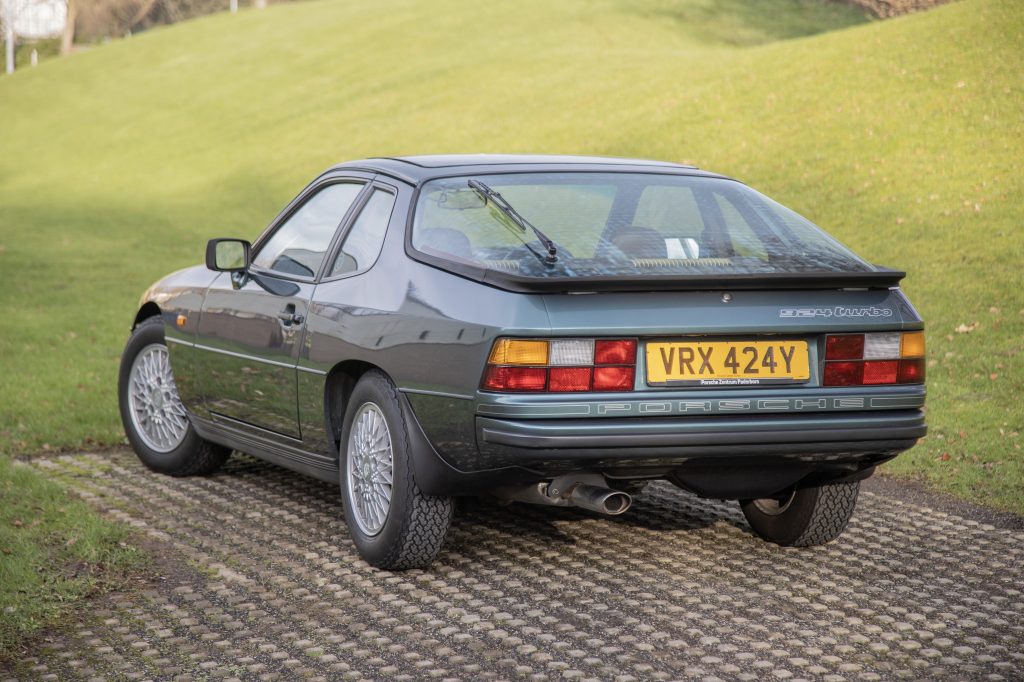
It remains one of the mysteries and pleasures of the classic car world that you can still pick up a usable Porsche 924 for around £3500, as you can see by browsing average values in the Hagerty Price Guide. At this price, it will be a bit frayed around the edges, with the cabin and bodywork being be far from pristine, but it should have an MoT and can be improved over time, should you choose.
If that doesn’t sound like your bag, £5500 is where much smarter 924s start at. They will look clean and tidy from a few feet away and should have a complete cabin free from rips and tears. Look closely and the paint will have a few blemishes, but this sort of car is ready to take on a road trip.
Further up the price scale, decent 924 S versions and good 2.0-litre cars come in at around £11,000. A really original or restored S will make up to £13,000, though the very best can now knock on the door of £15,000. That’s also what you’ll pay for the limited-edition Martini version or a good Turbo. The very best examples of the 924 Turbo will add a further £10,000 to the price you’ll pay.
If you can track down a 924 Carrera GT, starting money is £50,000 for one in flawed but complete condition. For an immaculate Carrera GT, reckon on paying up to £85,000, while the rarer still GTS will be £100,000 and more depending on condition, mileage, and history.
What goes wrong and what should you look for when buying a Porsche 924?
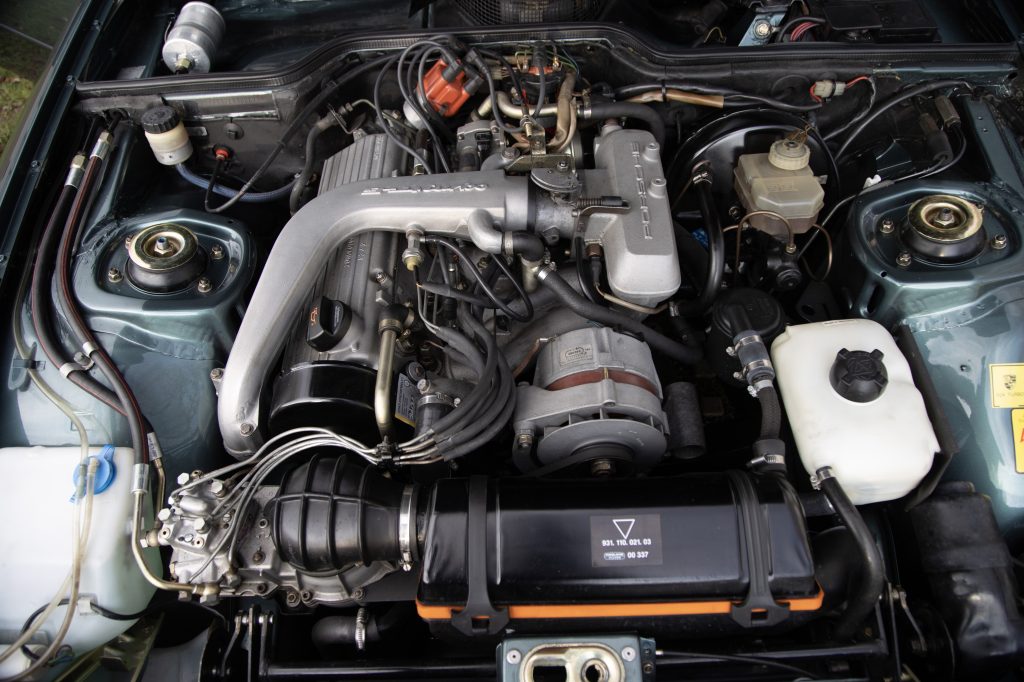
Most Porsche 924’s bodies have survived remarkably well thanks the factory galvanising from 1978 onwards. Any car with rotten sills and blistering arches is almost certainly more rotten underneath and uneconomic to restore, so best to look at another car unless you want a weld-a-thon home project. Cars that look smart on top bear scrutiny underneath as the floorpan and suspension mounts can rot. Also check the spare wheel well for water and corrosion due to worn rear hatch seals. The front valance is prone to scrapes as the car encounters parking ramps or speed bumps, so see that it’s straight and rot-free. Lastly, check the electrically operated roof panel works if fitted and isn’t rusting along its edges.
Under the bonnet, the 2-litre engine should be checked for blue smoke when it’s warmed up, as this points to general wear and an imminent rebuild being required. Reckon on changing the cam belt every three years or 30,000 miles. With the Turbo version of this engine, the turbocharger will probably only last for 50,000 miles before needing a rebuild or replacement. If the engine is smoking, the turbo is the likely culprit and costs around £1500 for a replacement.
The 2.5-litre engine in the 924S is tough, so just make sure it has its cam and balance belts changed every four years along with the water pump. The belt change needs specialist tools, so can be a pricey job at a garage. The airflow meter can fail, but reconditioned units can be found for about £100 or new ones for £600. All of the gearboxes are robust, and a new clutch is about £600 to replace. The remainder of the mechanical components are durable and easy to work on, so just check for any leaks from the power steering and drips from the petrol tank, which will likely mean dropping the transaxle to gain full access. Any rough running in the 924S is likely due to the DME (Digital Motor Electronics) relay. It contains two relays, one for the ECU and another for the fuel pumps, and it’s a common failure point to the extent many owners keep a spare in the car as it’s simple to replace at the roadside.
Many 924s will have splits in the top of the plastic dash panel caused by it shrinking when exposed to direct sunlight over the years. Some owners just live with it, but replacement dash tops are available and are not too expensive with prices from around £125 plus fitting. More cash will be needed if you carry out a full retrim of the 924’s upholstery. Everything is available but getting it right will probably mean a trip to a professional trimmer. All of the electric windows, roof panel, wipers, washers, and pop-up headlights should work smoothly. If not, a poor earthing connection is the first check. If that doesn’t work for the headlights, a new relay or motor could be needed, and both are easy to source at low cost.
A final tip is to remember that the Porsche Club GB is a fantastic resource for advice and links to parts suppliers and Porsche specialists.
Which is the right 924 for you?
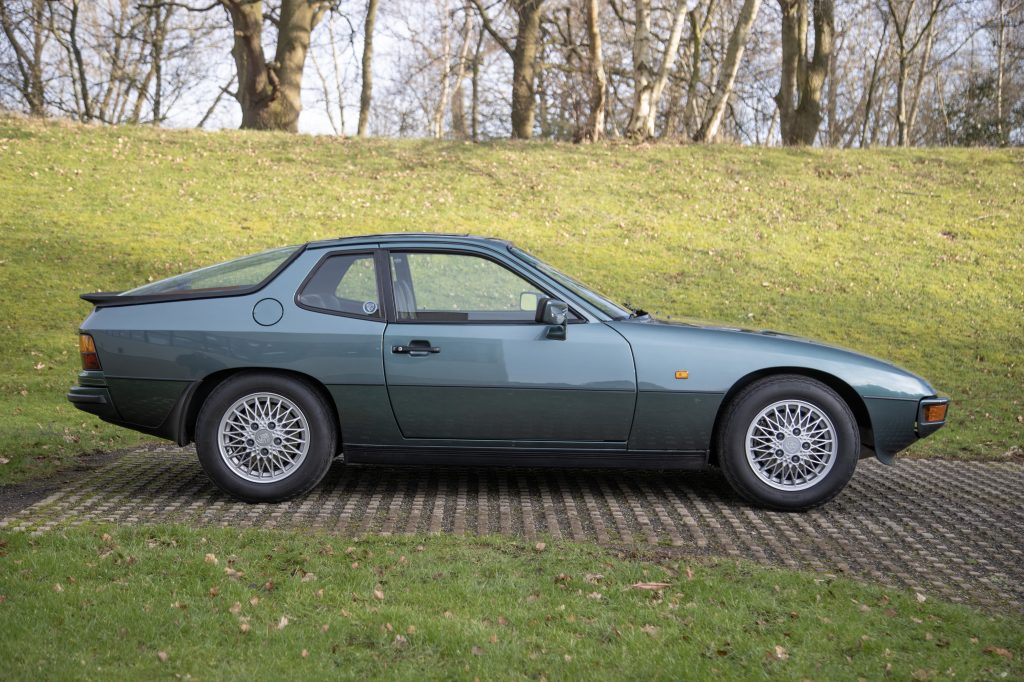
Early 924s have their fans for the simplicity of their design and the period paint colours and interior fabric designs. They are decent to drive, but the four-speed manual, and especially the three-speed auto, are not as good to use as the later transmissions. This steers most buyers towards cars from 1980 onwards when the improved five-speed gearbox appeared. If your budget can stretch to a Turbo, it’s the one to have from this period, while the Carrera GT is now very much in the realms of collectors.
The best all-round 924, however, is the S from 1985. Its added power makes it easier to use in modern traffic while giving a welcome extra edge to performance. A manual gearbox is a better bet than the auto, and the S usually comes with extras such as the electrically operated roof that can be lifted out to give the cabin some al fresco appeal on warm days.
Read more
Rematch: Porsche 911 Carrera vs 944 Turbo
How Porsche’s secret 989 saloon went from saviour to failure
Icon vs Underdog: Porsche 993 Turbo vs Porsche 996 Turbo









I used to have a 924S! Great car & a real sense of occasion every time you jumped in.
However, you still have Porsche parts prices…. Water pump was £180 10 years ago, presumably £250+ by now. Though a indicator stalk (from a Golf) was £3 from a scrappy!
Great cars but still has Porsche running costs to some extent….
Also £600 for a clutch will buy you literally just a clutch kit. Factor in the 8 hour book time of dropping the transaxle and torque tube to access it, and doing seals while you’re in there, and it’s a £1200 job.
A much better resource is surely the Porsche 924 Owners Club. They know more about this model than any other club.
Had mine for 10 years now and it’s a great car, refined enough for longer drives but nimble and fun on twisty back roads. Running costs are not extortionate and if you’re handy with the spanner’s labour costs can be massively reduced along with some careful parts research with vw/Audi parts costs can be quite reasonable. Still way undervalued compared to other classic 80s car so represent great value.
Thinking of a 924 auto ? 1983
Not had an auto,should I wait for a manual
Cheers
You should wait for a manual transmission. I just bought one a week ago and it’s a blast to drive. It’s a sports car so buying an auto tranny doesn’t make sense to me. Way less fun to drive. Get a 924S if you can find one. Not super expensive and has an actual Porsche engine and more HP than a standard 924.